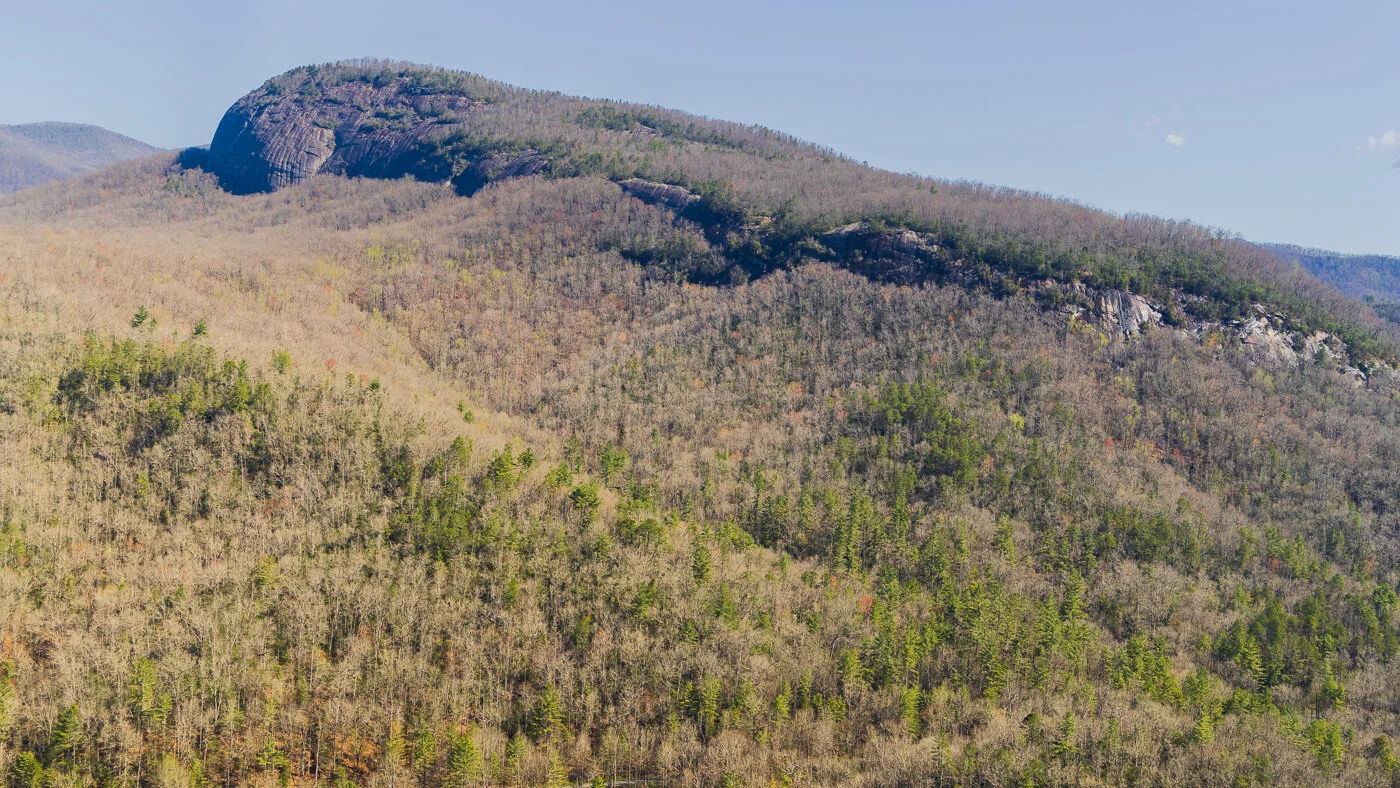Following a wet late spring, it’s been a dry summer. Finally, after a couple days of rain, Chance and I headed to Starved Rock State Park to see whether the waterfalls might be flowing. Our first stop was the Y-shaped trails of Ottawa and Kaskaskia Canyons, where a flat walk up the creeks lead to two potential falls. It was raining when we arrived, so with hat, boots and raincoat, it was time to head up to Ottawa.
Starved Rock State Park
And go behind the falls. With it still raining, a second ephemeral fall cascaded down.
Ottawa Canyon Falls
Back to the Y junction and up Kaskaskia Canyon with a view of the falls in the distance.
Kaskaskia Canyon
And then close to the pool and the fallen trees. If the dry weather continues, in a month the pool will be empty, and you can walk into the cave.
Kaskaskia Falls
No one else was hiking on the rainy morning, so Chance had fun off leash splashing through the mud and water.
The rain stopped by the time we got to the parking for LaSalle Canyon. Still saw no one on the hike until we got to the falls, and a couple was there enjoying the view with their dog.
LaSalle Canyon
Time to get the tripod legs wet.
LaSalle Canyon falls
The trail from LaSalle to Tonti Canyon has a bridge out. The state has terribly underfunded the parks for over a decade and trail maintenance is minimal, and Tonti Canyon is essentially closed off. The access from the other direction is fenced. However, we walked under the bridge to see whether the rain brought the double falls at Tonti. The distant view looked promising.
Indeed, the smaller falls on the side was flowing.
Tonti canyon
And the main falls in the box canyon was flowing with purpose.
Tonti Canyon falls
So a treat to see the double falls
Tonti double falls
Chance patiently waited while I photographed and tried to stay out of the picture.
On the way back to the car, we decided to try a small canyon that rarely has a waterfall. The only time I’d seen it flow before was when it was actually raining pretty hard, but we decided to give it a try. We were rewarded with a small flow.
Owl Canyon falls
Chance knew it was time to go home for a bath.
































































































































































































